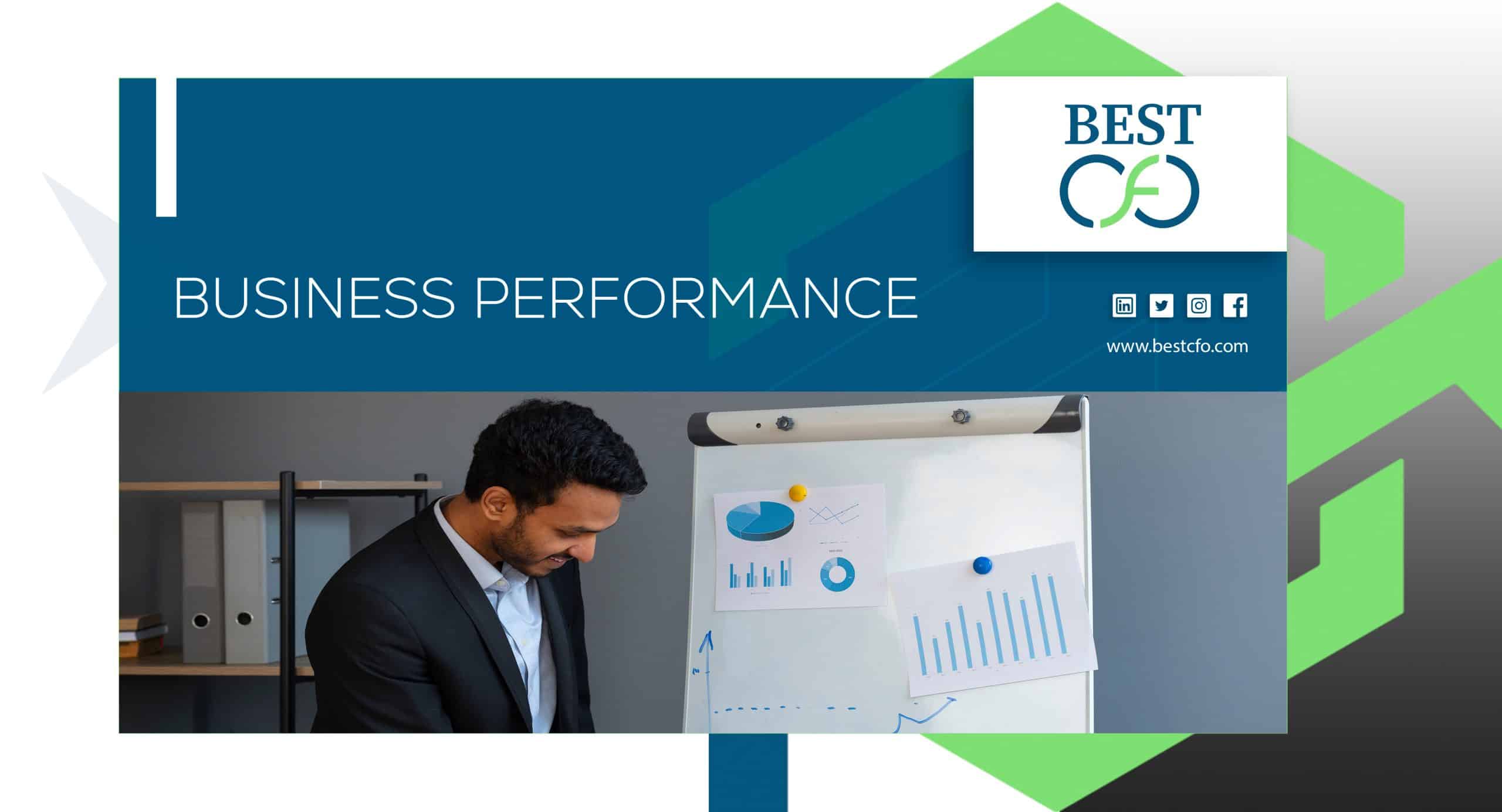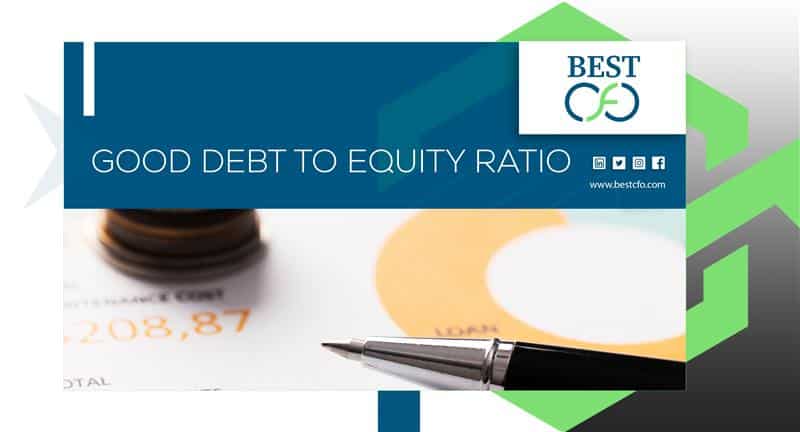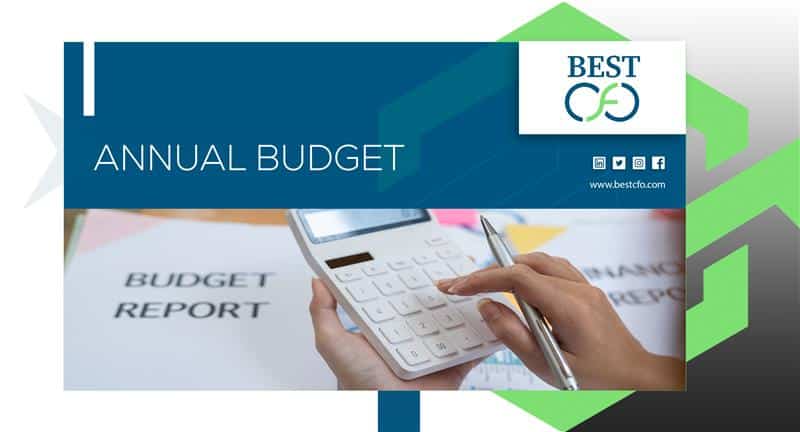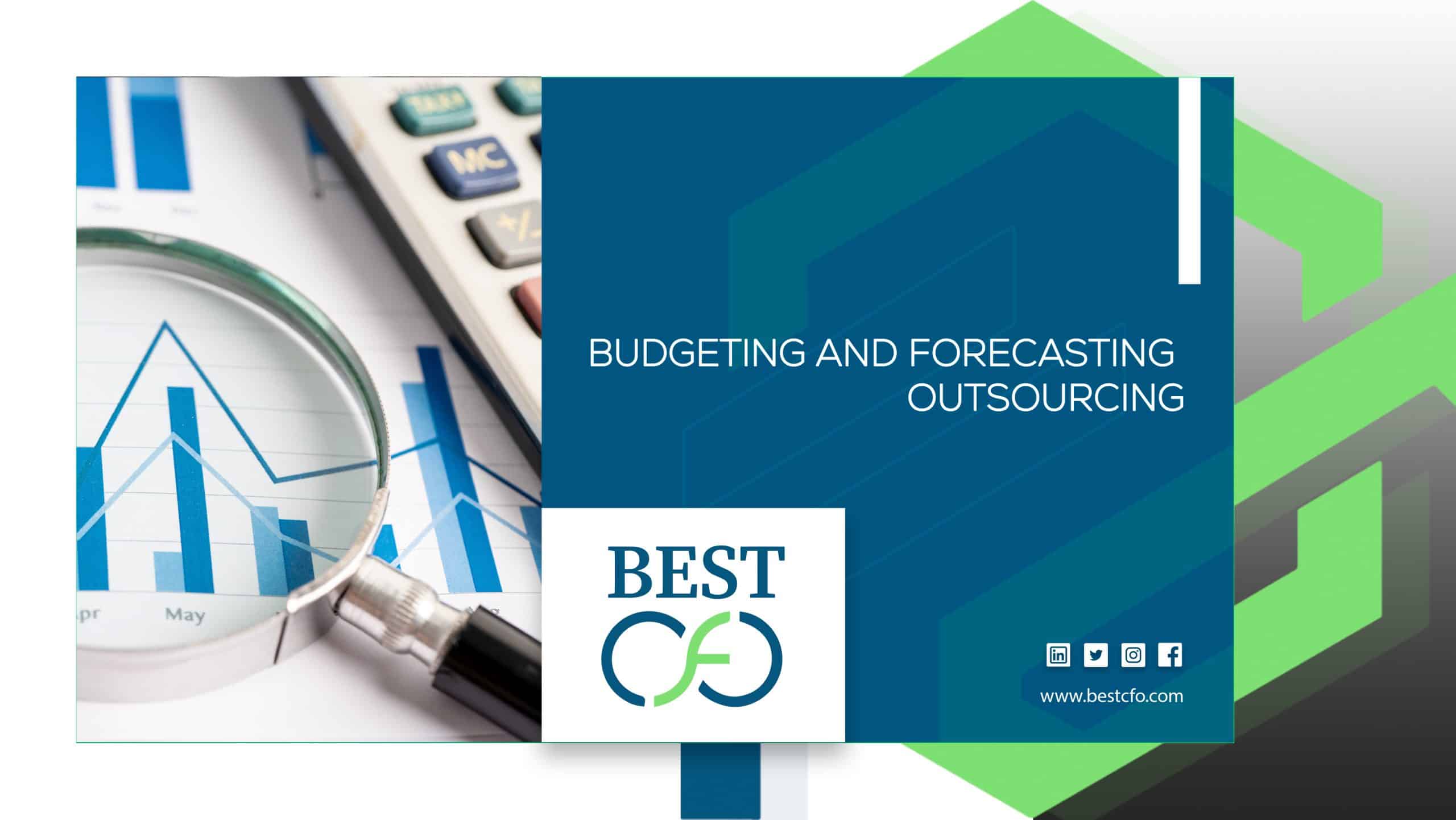
| Getting your Trinity Audio player ready... |
What Are The Best Ways to Improve Business Performance
Ever felt like your business is on a treadmill—moving but not really getting anywhere? You’re not alone. In today’s whirlwind of market shifts and tech disruptions, even the most seasoned entrepreneurs find themselves seeking that extra edge.
Improving business performance isn’t about overhauling everything overnight. It’s about making thoughtful tweaks, embracing continuous learning, and staying attuned to both your team’s needs and your customers’ desires.
Let’s embark on this journey together, exploring what business performance improvement truly means, why it matters, and how you can implement strategies that make a tangible difference.
What is Business Performance Improvement?
Think of business performance improvement as spring cleaning for your company. It’s the process of identifying what’s working, what isn’t, and making adjustments to enhance efficiency, profitability, and customer satisfaction.
It’s not just about cutting costs or boosting sales—it’s about creating a harmonious ecosystem where every part of your business operates at its best. This involves refining processes, empowering employees, leveraging data, and aligning goals across the board.
At BestCFO, we view performance improvement as an ongoing commitment to excellence, not a one-time fix.
Why Business Performance Improvement Matters
Enhanced Efficiency
Imagine your business as a well-oiled machine. When every cog and wheel functions seamlessly, operations run smoothly, deadlines are met, and resources are utilized optimally. Streamlining workflows and eliminating redundancies can significantly boost overall efficiency.
Increased Profitability
Efficient operations often lead to cost savings, which directly impact your bottom line. By identifying and addressing inefficiencies, you can reduce expenses and increase profit margins without necessarily increasing sales.
Better Customer Satisfaction
Happy customers are loyal customers. By improving your business processes, you can deliver products and services more effectively, respond to customer inquiries promptly, and provide a better overall experience.
Competitive Advantage
In a crowded marketplace, businesses that continuously improve stand out. Embracing innovation and adaptability positions your company as a leader, attracting customers and top talent alike.
Risk Mitigation
Regularly assessing and enhancing your business operations helps identify potential risks before they escalate. Proactive risk management safeguards your company against unforeseen challenges and ensures long-term stability.
7 Ways to Improve Business Performance
There are multiples ways to improve your business performance, but here the 7 most effective ways to improve your business:
1. Track Key Performance Indicators (KPIs)
You can’t manage what you don’t measure. KPIs provide valuable insights into various aspects of your business, from financial health to customer satisfaction.
Examples of KPIs:
- Financial: Revenue growth, profit margins, cash flow
- Operational: Production efficiency, order fulfillment rates
- Customer: Net Promoter Score (NPS), customer retention rates
- Employee: Turnover rates, employee engagement scores
Regularly monitoring these metrics helps you make informed decisions and identify areas for improvement.
2. Improve Operational Efficiency
Streamlining operations reduces waste, saves time, and enhances productivity.
Strategies:
- Process Mapping: Visualize workflows to identify bottlenecks.
- Automation: Implement tools to automate repetitive tasks.
- Lean Principles: Adopt methodologies that focus on value creation and waste elimination.
For instance, a client of ours reduced order processing time by 30% by automating their inventory management system.
3. Invest in Employee Development
Your team is your greatest asset. Investing in their growth leads to increased motivation, innovation, and retention.
Approaches:
- Training Programs: Offer workshops and courses to enhance skills.
- Mentorship: Pair experienced employees with newer team members.
- Feedback Culture: Encourage open communication and regular performance reviews.
Empowered employees are more likely to take initiative and contribute to the company’s success.

4. Build Stronger Relationships with Customers
Understanding and meeting customer needs fosters loyalty and drives repeat business.
Tactics:
- Personalization: Tailor offerings based on customer preferences.
- Feedback Loops: Regularly solicit and act on customer feedback.
- Customer Service Excellence: Ensure prompt and effective support.
Remember, a satisfied customer is your best brand ambassador.
5. Implement a Data-Driven Decision-Making Process
Data provides objective insights that guide strategic decisions.
Steps:
- Data Collection: Gather relevant data across all departments.
- Analysis Tools: Utilize software to interpret data trends.
- Informed Decisions: Base strategies on data insights rather than intuition alone.
For example, analyzing sales data can reveal which products are top performers and which may need reevaluation.
6. Manage Risk Effectively
Identifying and mitigating risks protects your business from potential setbacks.
Methods:
- Risk Assessment: Regularly evaluate potential internal and external threats.
- Contingency Planning: Develop plans to address possible disruptions.
- Compliance Checks: Ensure adherence to industry regulations and standards.
Proactive risk management fosters resilience and stability.
7. Build a Strong Culture
A positive organizational culture enhances employee satisfaction and performance.
Elements:
- Shared Values: Clearly define and communicate company values.
- Recognition: Acknowledge and reward employee achievements.
- Inclusivity: Foster an environment where all employees feel valued and heard.
A strong culture attracts talent and drives collective success.
Conclusion
Improving business performance is a continuous journey, not a destination. By focusing on efficiency, employee development, customer satisfaction, data-driven decisions, risk management, and culture, you lay the foundation for sustained growth and success.
At BestCFO, we’re committed to partnering with you on this journey, providing the tools and insights needed to navigate the complexities of today’s business landscape.
FAQs
Q1: What’s the first step in improving business performance?
Start by identifying and tracking key performance indicators (KPIs) to understand your current standing and pinpoint areas for improvement.
Q2: How often should I review my business performance metrics?
Regular reviews, such as monthly or quarterly, help ensure you’re on track to meet your goals and allow for timely adjustments.
Q3: Can a small business benefit from performance improvement strategies?
Absolutely. Small businesses often have the agility to implement changes quickly, leading to significant improvements.
Q4: What tools are helpful for tracking performance?
Tools like QuickBooks for financial tracking, Salesforce for customer relationship management, and Tableau for data visualization are valuable assets.
Q5: How can BestCFO support performance improvement?
We offer tailored financial strategies, performance analysis, and operational insights to help your business thrive in a competitive market.
Related Posts
Master Your Budget: The Types Of Operating Expenses to Watch
How to Improve Your Bad Debt to Equity Ratio: A Complete Guide If you’ve ever…
What Is a Good Debt To Equity Ratio: How To Calculate It?
How to Improve Your Bad Debt to Equity Ratio: A Complete Guide If you’ve ever…
What Are The Most Common Reasons Firms Fail Financially?
How To Prepare Annual Budget For A Company: An Ultimate Guide When it comes to…
How To Prepare Annual Budget For A Company: An Ultimate Guide
How To Prepare Annual Budget For A Company: An Ultimate Guide When it comes to…
 Demos
Demos  Colors
Colors  Docs
Docs  Support
Support 














